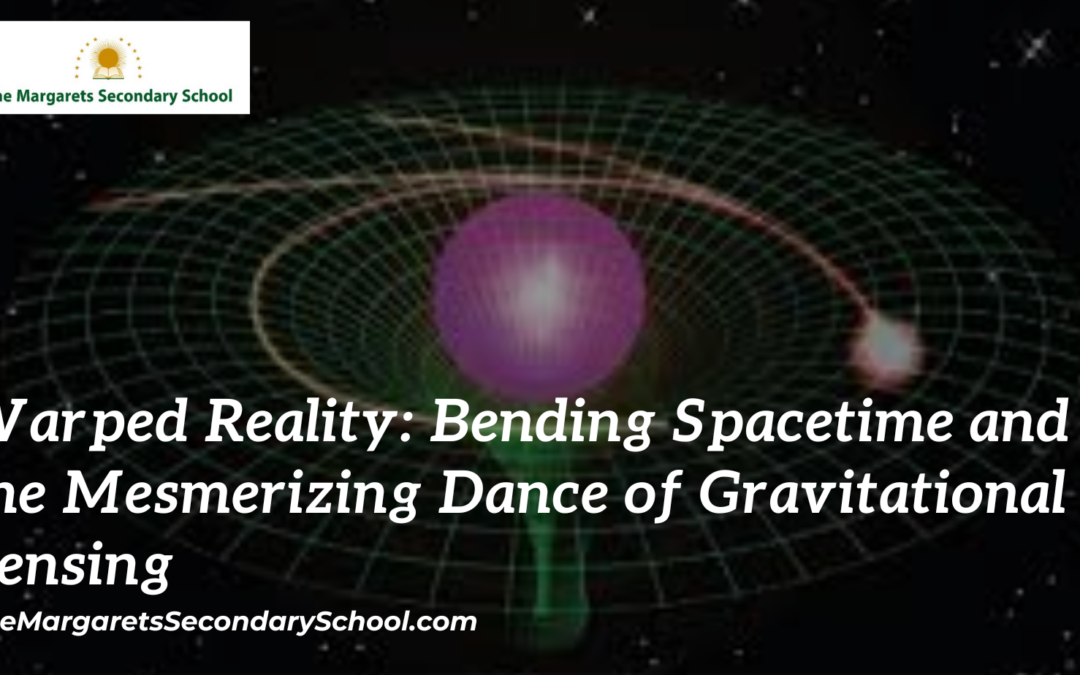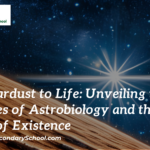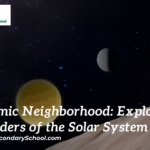Bending Spacetime and Gravitational Lensing
In the grand theater of the cosmos, where stars and galaxies perform their celestial choreography, an astonishing phenomenon unfolds—gravitational lensing. This captivating dance of light and spacetime reveals the awe-inspiring way massive objects can warp the fabric of the universe, offering us glimpses into the hidden corners of the cosmos. In this exploration, we delve into the concept of bending spacetime and the mesmerizing artistry of gravitational lensing.
Bending Spacetime: Einstein’s Revelation
Long ago, Albert Einstein’s revolutionary theory of general relativity transformed our understanding of gravity. According to Einstein, massive objects don’t merely attract others through an invisible force; they actually curve and distort the very fabric of spacetime around them. Imagine placing a heavy ball on a rubber sheet—this analogy gives us a glimpse into how massive objects warp spacetime, causing nearby objects to move along curved paths.
The Dance Begins: Gravitational Lensing Unveiled
Gravitational lensing, an exquisite consequence of warped spacetime, occurs when a massive object—like a galaxy or a black hole—bends and focuses light from a distant source, such as a star or another galaxy. This phenomenon is like nature’s magnifying glass, allowing us to observe objects that would otherwise be too faint or distant to detect.
Einstein Rings and Multiple Images
In some cases, gravitational lensing creates a stunning display known as an Einstein ring—a perfect circle of light that surrounds the massive object. This mesmerizing sight is a result of the source, lens, and observer lining up perfectly. Gravitational lensing can also create multiple images of a single source, appearing like cosmic echoes. These ghostly images provide valuable insights into the distribution of matter within the lensing object.
Microlensing and Exoplanet Discoveries
On a smaller scale, microlensing showcases the same principle of bending spacetime. When a relatively low-mass object passes in front of a distant star, it acts like a lens, causing a temporary brightening of the background star’s light. Microlensing has proven to be a powerful tool for discovering distant exoplanets—planets orbiting stars beyond our solar system—by detecting the subtle changes in light as the lensing object moves across our line of sight.
Gravitational Lensing as a Cosmological Tool
Gravitational lensing not only offers breathtaking visual displays but also serves as a crucial tool for cosmology. By studying the distortions in the shapes and alignments of galaxies caused by gravitational lensing, scientists can map the distribution of dark matter—a mysterious substance that doesn’t emit light but exerts gravitational influence—within the universe. This mapping helps us better understand the cosmic web of structure and the evolution of galaxies over cosmic time.
Conclusion
As we contemplate the celestial ballet of gravitational lensing, we are reminded that the universe is a stage where the most magnificent performances take place. The bending of spacetime and the ensuing lensing effects allow us to witness the hidden beauty of distant galaxies, gain insights into the distribution of matter, and even unveil the presence of planets far beyond our solar system. Through this intricate dance, the cosmos grants us a window into its grandeur, urging us to continue exploring its mysteries with wonder and curiosity.





